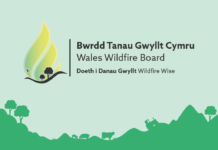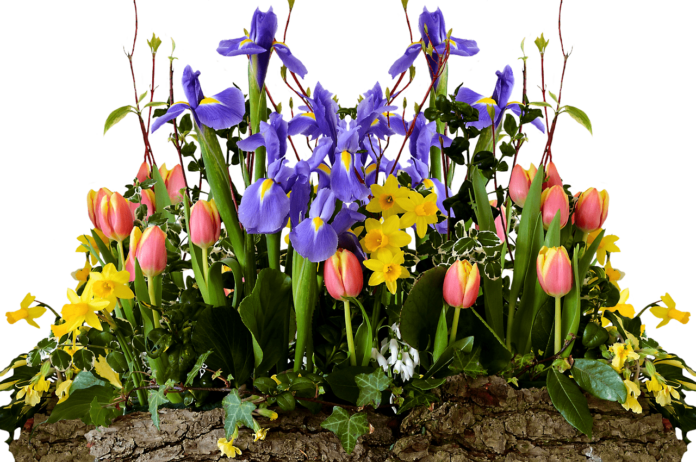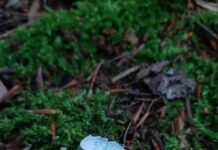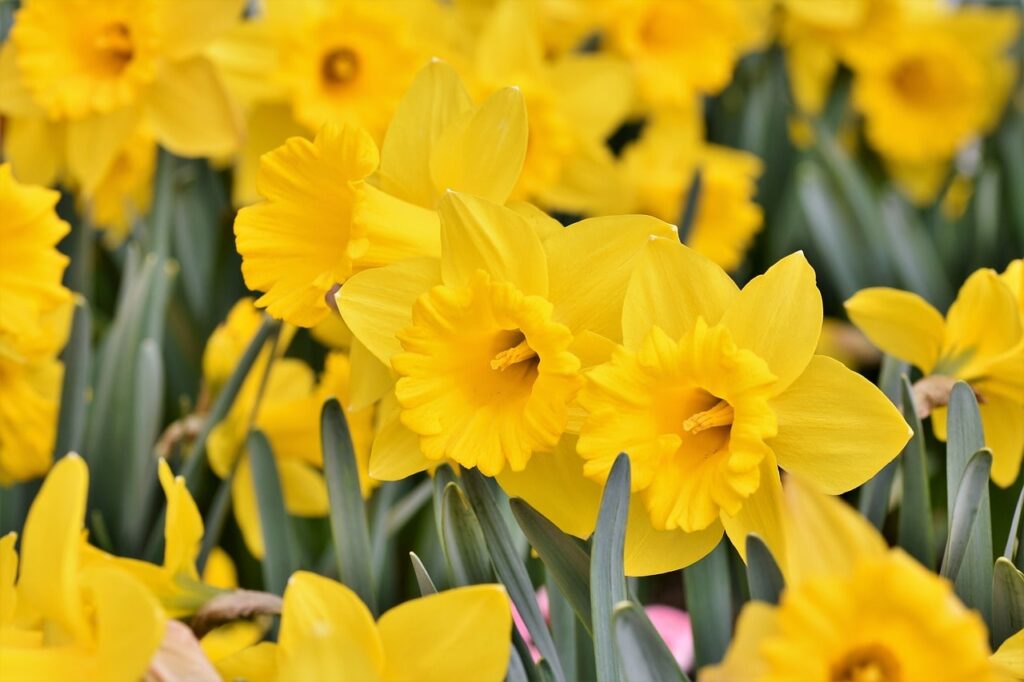
Daffodils – 2,840 Total Average Monthly UK Searches
Daffodils contain toxins that can be harmful to pets if ingested. The bulbs and flowers of daffodils contain lycorine and other alkaloids which can cause gastrointestinal distress, excessive salivation, vomiting, and even death if ingested in large quantities.
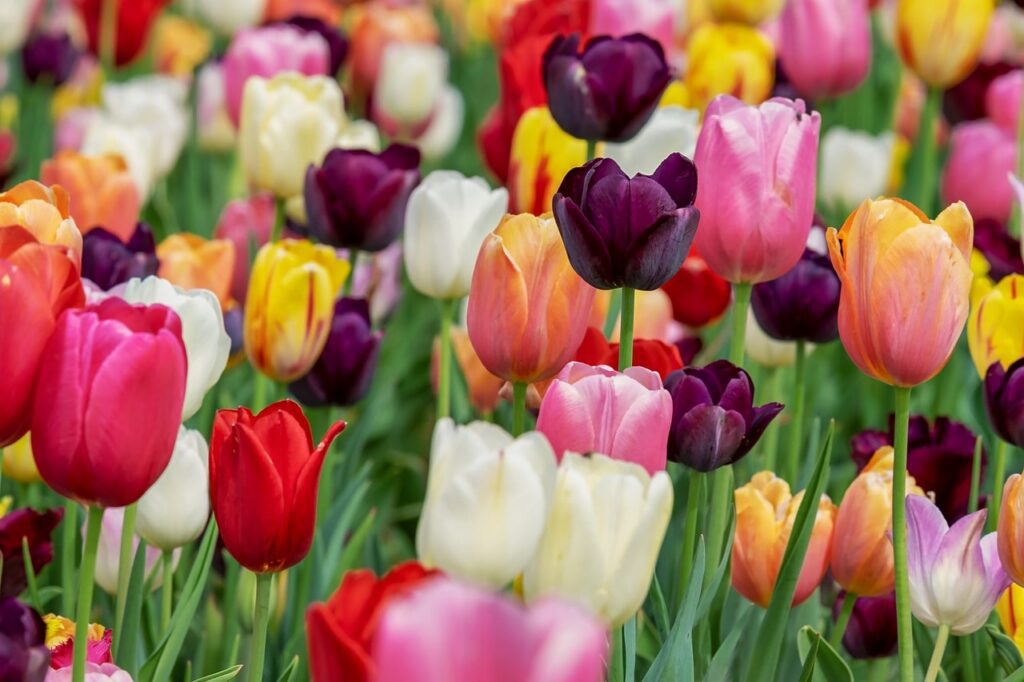
Tulips – 1,580 Total Average Monthly UK Searches
Tulips contain a toxic substance called tulipalin A and B, which can cause digestive issues such as vomiting, diarrhoea, and abdominal pain in pets if ingested. In extreme cases, tulip poisoning can even lead to death.

Ivy – 1,560 Total Average Monthly UK Searches
Ivy is dangerous to pets because it contains a toxic sap that can cause skin irritation, vomiting, and difficulty breathing in pets. It can also cause contact dermatitis, which is an allergic reaction to the sap. Additionally, the leaves of ivy can contain calcium oxalate crystals, which can cause an intense burning sensation and swelling if ingested.
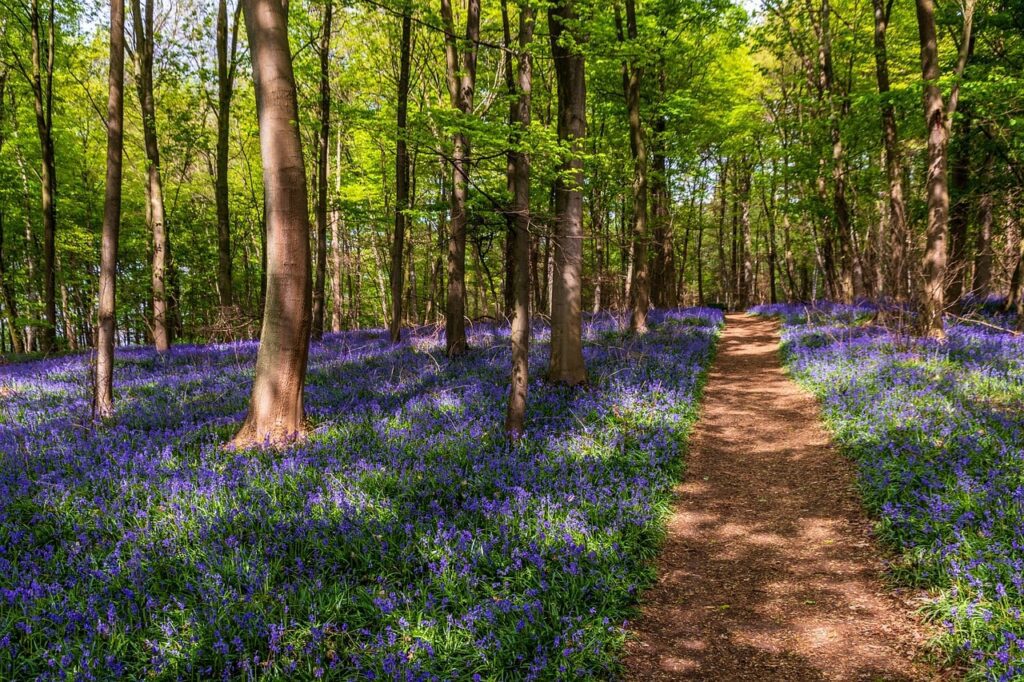
Bluebells – 970 Total Average Monthly UK Searches
Bluebells are poisonous to pets because they contain a toxic alkaloid called lycorine. This toxic alkaloid can cause vomiting, diarrhoea, excessive salivation, and even death in some cases if ingested. Pets may also experience difficulty breathing and weakness if they come in contact with the plant.
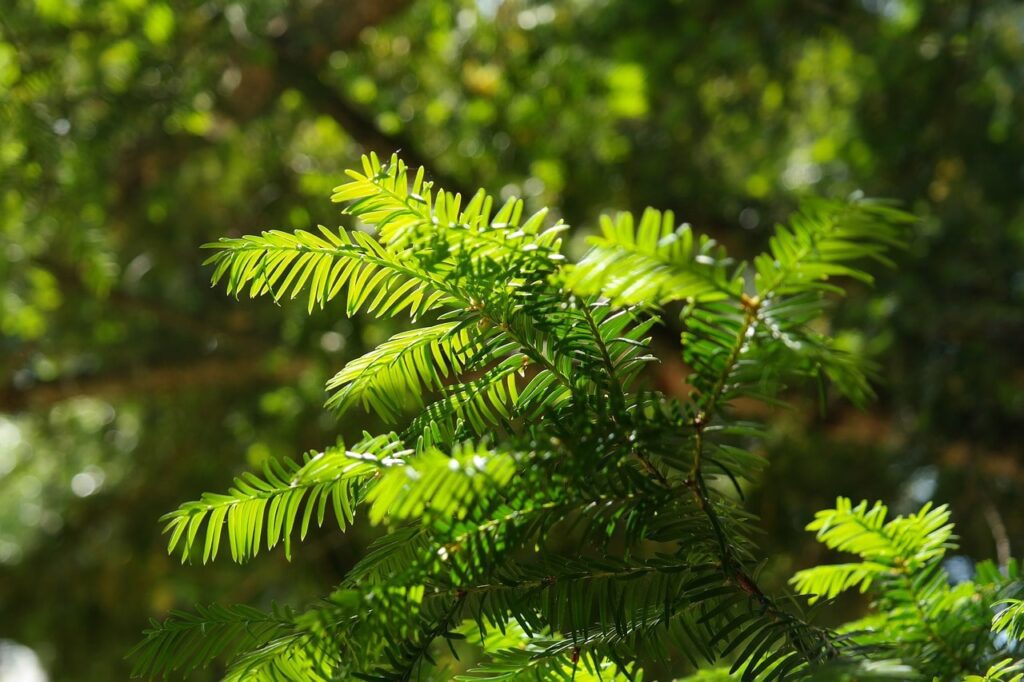
Yew – 780 Total Average Monthly UK Searches
Yew trees are potentially dangerous to pets because they contain a toxic ingredient called taxine. If ingested, this chemical can cause vomiting, diarrhoea, lethargy, and even death in some cases. For this reason, it is important to keep pets away from yew trees, especially if they are small or more prone to chewing on plants.
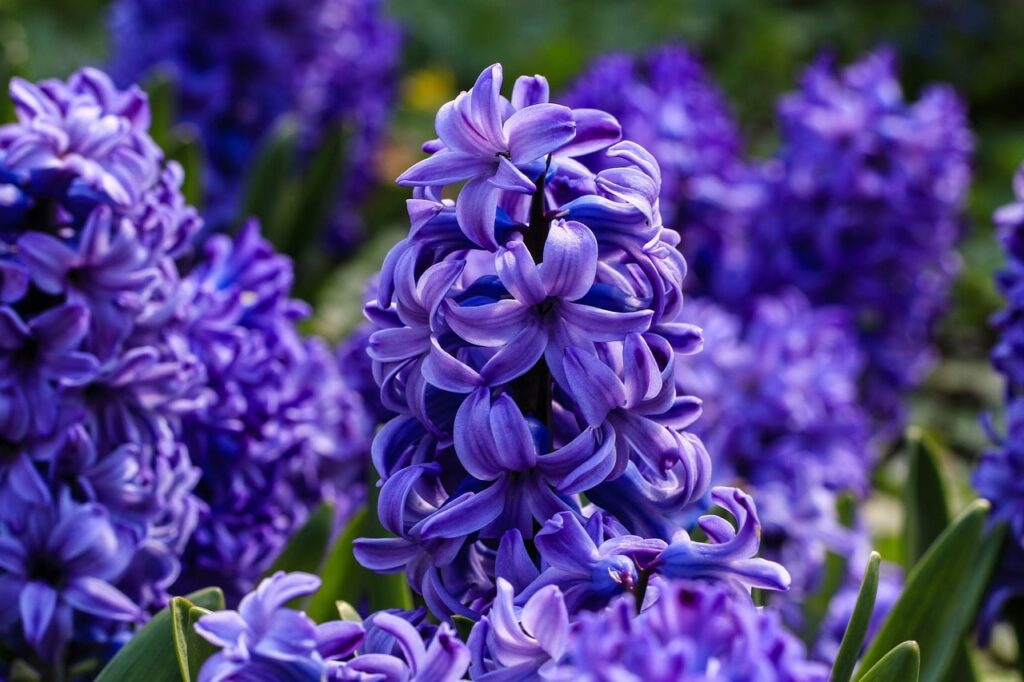




 from Pixabay
from Pixabay Hyacinths – 510 Total Average Monthly UK Searches
Hyacinths are a type of bulb plant that contain a compound called lycorine. This compound is a toxin that can be harmful to pets if ingested. It can cause vomiting, diarrhoea, excessive salivation, and even death if the pet ingests enough of it.
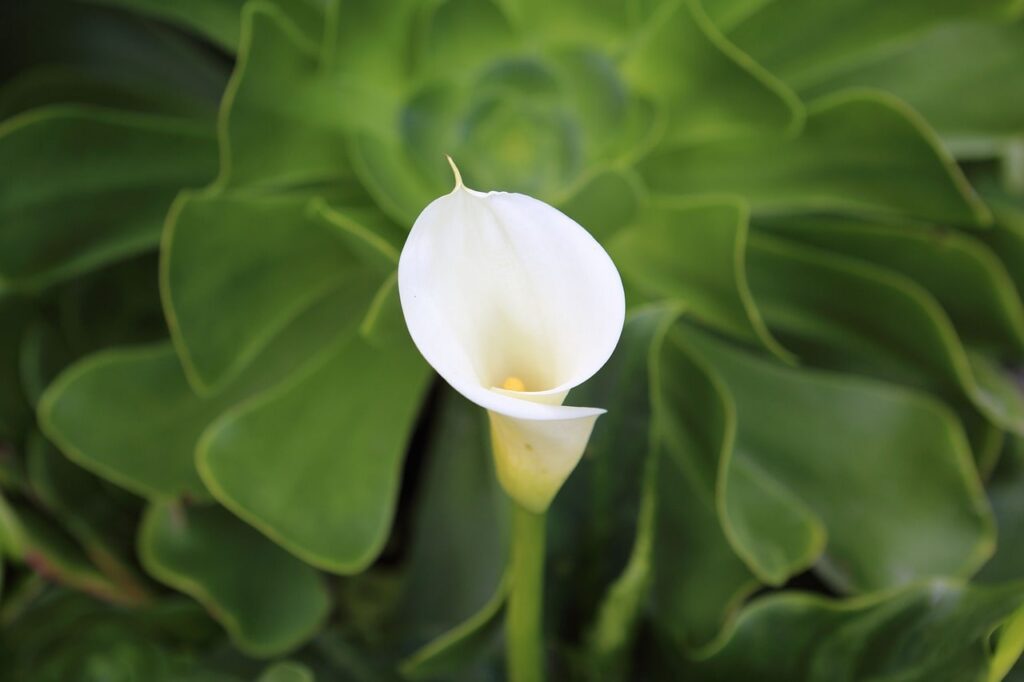
Calla Lily – 370 Total Average Monthly UK Searches
Calla lilies contain calcium oxalate crystals, which can cause irritation and burning to a pet’s mouth, throat, and digestive tract if ingested. The irritation can lead to vomiting, drooling, difficulty swallowing, and even breathing difficulty.
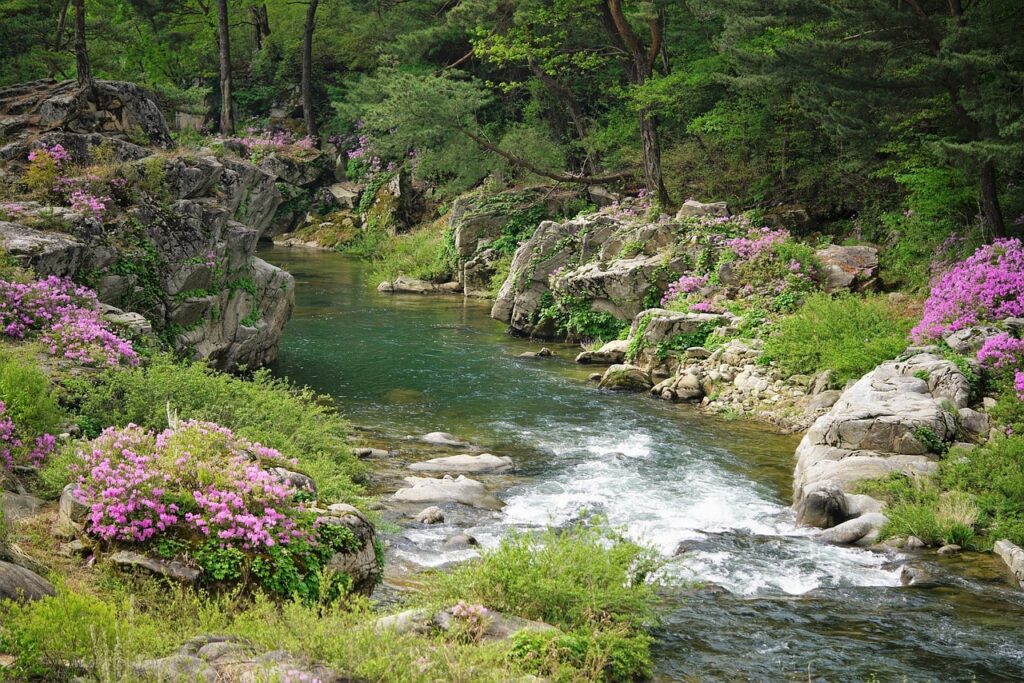
Azaleas – 340 Total Average Monthly UK Searches
Azaleas contain a toxin called grayanotoxin, which can be deadly to pets if ingested. This toxin affects the nervous system, causing vomiting, diarrhoea, increased salivation, and difficulty breathing. In severe cases, it can cause coma and death.
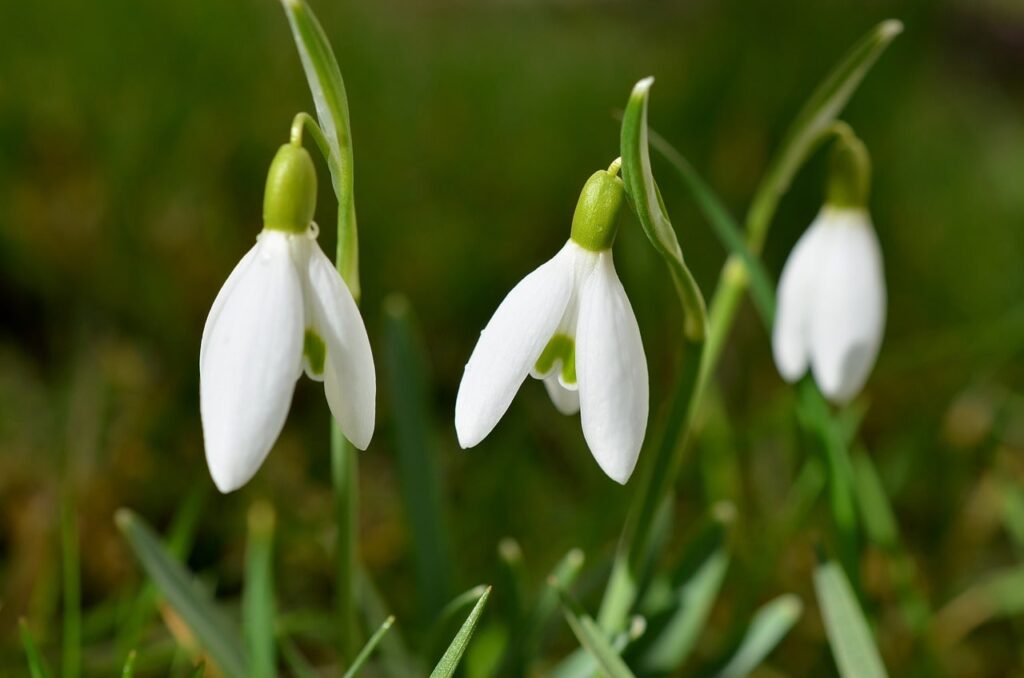
Snowdrops – 320 Total Average Monthly UK Searches
Snowdrops contain a type of alkaloid called galantamine, which is toxic to pets if ingested in large amounts. Some animals may experience vomiting, diarrhoea, seizures, and other severe health issues if they eat large amounts of the plant.
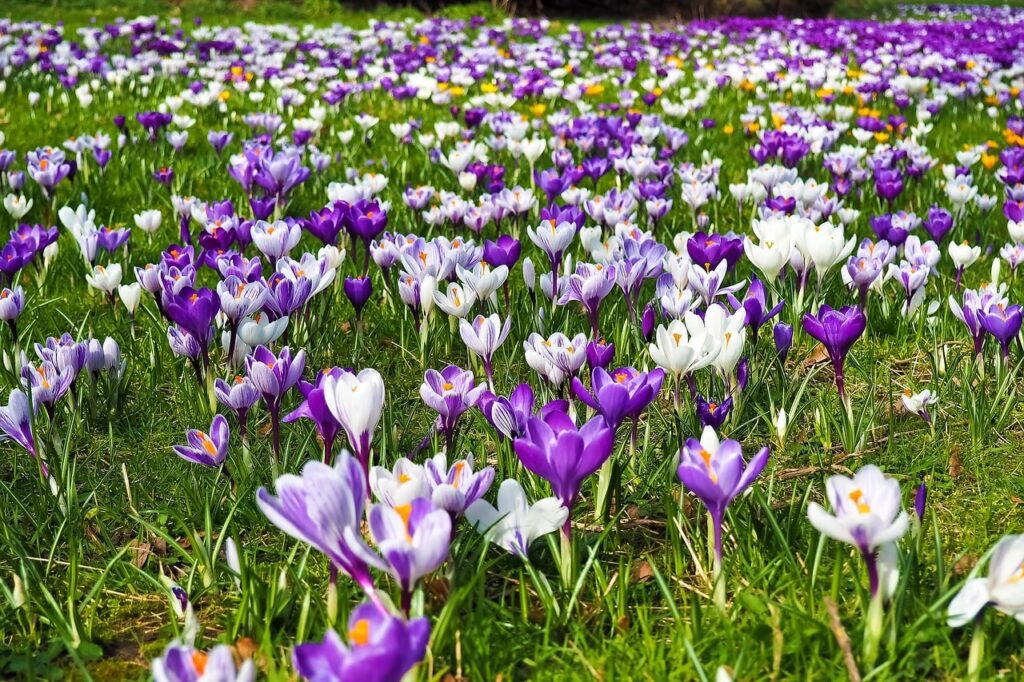
Crocus – 220 Total Average Monthly UK Searches
Crocus plants contain a toxin called colchicine that is toxic to pets if ingested. Ingesting even small amounts of the toxin can cause vomiting, diarrhoea, abdominal pain, lethargy, and even death in some pets.
Help keep news FREE for our readers
Supporting your local community newspaper/online news outlet is crucial now more than ever. If you believe in independent journalism, then consider making a valuable contribution by making a one-time or monthly donation. We operate in rural areas where providing unbiased news can be challenging. Read More About Supporting The West Wales Chronicle













